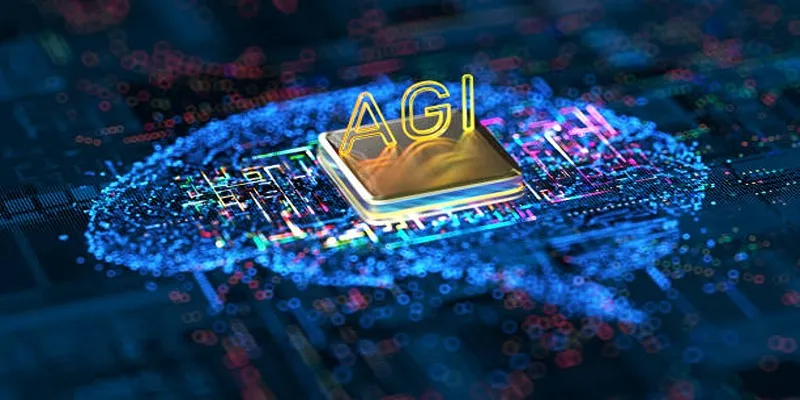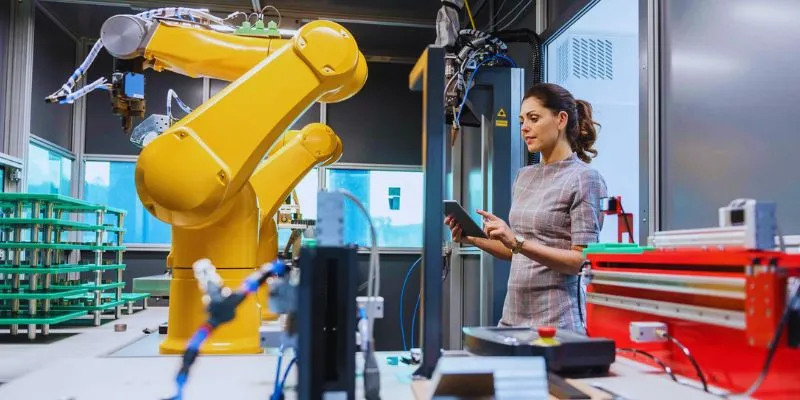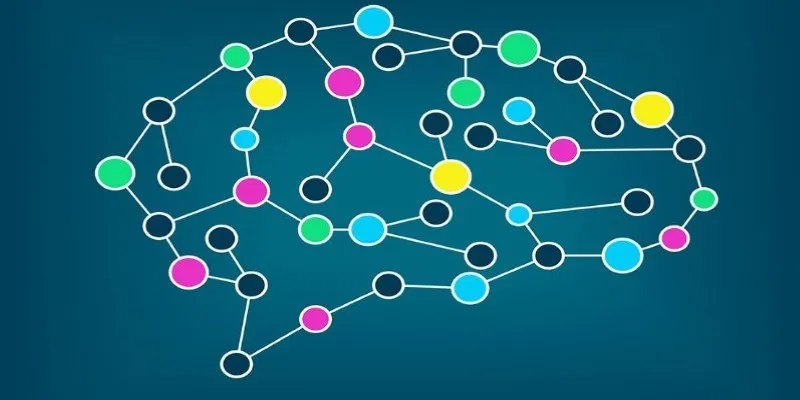In today’s digital age, Artificial Intelligence (AI) is revolutionizing cybersecurity by efficiently detecting and preventing cyber threats. As cyber threats become more sophisticated and ever-changing, traditional security measures often fall short. AI offers a dynamic and robust solution, swiftly identifying and neutralizing threats to safeguard digital assets and sensitive information. This article explores how AI fulfills this crucial role in cybersecurity.
How AI Detects Cybersecurity Threats
Prompt detection of cyber threats is vital for maintaining cybersecurity. AI employs advanced techniques to quickly identify and analyze threats, making it an indispensable tool in modern security systems.
Real-Time Monitoring and Analysis
AI systems provide continuous monitoring of digital activities, enabling the swift detection of abnormal patterns that may indicate potential threats:
- AI monitors network traffic in real time to instantly detect suspicious activities.
- It processes vast data volumes quickly, identifying threats faster than manual methods.
- Instant notifications alert cybersecurity teams, allowing rapid response.
Pattern Recognition
AI leverages pattern recognition to effectively identify cyber threats:
- AI algorithms analyze historical attack data to spot similarities in new threats.
- It recognizes subtle patterns and anomalies that humans might overlook.
- Regular updates to threat databases ensure effective detection of new threats.
Behavioral Analysis
AI conducts detailed behavioral analysis to identify unusual user activities:
- It continuously monitors user behavior, establishing baseline norms.
- Immediately identifies deviations from usual patterns, signaling potential security breaches.
- Prevents threats such as compromised accounts or insider attacks.
How AI Prevents Cybersecurity Threats

Beyond detection, AI actively prevents threats from occurring or causing damage through several proactive security measures.
Predictive Capabilities
AI cybersecurity systems utilize predictive analytics to anticipate and prevent cyber threats:
- Analyzes past data to accurately predict potential future threats.
- Proactively blocks identified potential threats before they occur.
- Continuously adapts to changing threat environments, providing ongoing proactive defense.
Automated Response
AI can automatically respond to detected threats without human intervention:
- Instantly isolates affected systems to prevent the further spread of malware.
- Automatically blocks malicious IP addresses and suspicious email communications.
- Responds faster than human teams, significantly reducing response times.
Enhanced Firewall Protection
AI enhances firewall capabilities, significantly improving cybersecurity:
- AI-driven firewalls conduct deep analysis of network packets for potential threats.
- Blocks unauthorized access attempts automatically.
- Updates firewall rules in real-time, enhancing protection effectiveness.
Key Technologies Enabling AI Detection and Prevention
Several key technologies make AI-driven threat detection and prevention highly effective:
Machine Learning (ML)
ML algorithms empower AI to detect and prevent threats effectively:
- ML learns continuously from previous incidents.
- Quickly adapts to new, emerging cyber threats.
- Enhances the accuracy and speed of detection and prevention.
Natural Language Processing (NLP)
NLP enables AI systems to identify and prevent textual cyber threats:
- Detects phishing attempts by analyzing email content for malicious intent.
- Filters harmful communications, safeguarding users from phishing scams.
- Automatically blocks and isolates suspicious emails and messages.
Deep Learning
Deep learning further enhances AI capabilities to handle complex cyber threats:
- Accurately detects sophisticated threats hidden within large data sets.
- Processes unstructured data efficiently to uncover hidden threats.
- Improves threat prevention by recognizing advanced cyber-attack patterns.
Practical Applications of AI in Cybersecurity

AI detection and prevention methods are widely applied across various sectors:
Financial Services
AI aids in effectively detecting and preventing financial fraud:
- Instantly detects unusual transactions and activities.
- Blocks fraudulent financial operations in real time.
- Enhances security for online and mobile banking platforms.
Healthcare
AI secures healthcare systems, protecting sensitive patient information:
- Monitors and prevents unauthorized access to patient records.
- Proactively identifies and stops potential cyber-attacks on medical systems.
- Ensures compliance with healthcare data protection regulations.
Corporate Networks
Businesses widely adopt AI for securing their network infrastructure:
- Automatically isolates infected devices to prevent malware spread.
- Proactively prevents ransomware and malware attacks.
- Ensures continuous network protection through real-time monitoring.
Government Institutions
Government agencies employ AI to detect and prevent national security threats:
- Actively detects and mitigates threats targeting critical infrastructure.
- Continuously protects sensitive government data from unauthorized access.
- Provides robust security against espionage and cyber-attacks.
Advantages of Using AI for Cyber Threat Detection and Prevention
Implementing AI in cybersecurity offers significant benefits:
- Speed: Rapid identification and response to threats reduce potential damage.
- Accuracy: High precision in threat detection prevents false positives and negatives.
- Efficiency: Automation reduces workload, allowing human teams to address complex threats.
- Cost-Effectiveness: Minimizes financial impact from cyber incidents by promptly mitigating threats.
- Enhanced Protection: Provides robust, proactive defense against evolving cyber threats.
Challenges in Adopting AI for Cybersecurity
While AI greatly enhances cybersecurity, several challenges may arise:
- Integration Complexity: Seamlessly integrating AI with existing cybersecurity frameworks is complex.
- Privacy Concerns: AI systems require extensive data access, potentially impacting data privacy.
- High Initial Costs: Deployment costs for sophisticated AI cybersecurity systems can be substantial.
Steps to Successfully Implement AI Cybersecurity
Effective AI cybersecurity implementation involves strategic planning:
- Clearly define areas where AI will add the most value in detecting and preventing threats.
- Provide adequate training to cybersecurity teams on AI technologies.
- Regularly update and test AI systems to maintain their effectiveness against emerging threats.
- Continuously evaluate AI performance and adjust strategies as necessary.
Conclusion
Artificial Intelligence significantly enhances cybersecurity by providing advanced capabilities in detecting and preventing cyber threats. With real- time monitoring, accurate pattern recognition, behavioral analysis, predictive analytics, and automated responses, AI has become indispensable in modern cybersecurity strategies. By effectively adopting AI solutions, organizations can significantly reduce the risks associated with cyber threats, providing robust and proactive protection for their digital assets and sensitive information.
 zfn9
zfn9























